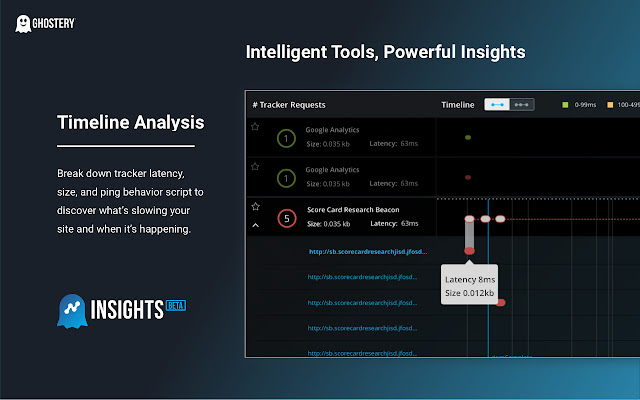
What Drawdown and Risk Limits Apply in Crypto Prop Trading Challenges?
"It’s not about how much you can make—it’s about how much you can keep."
In the world of proprietary trading, especially in the high-volatility playground of crypto, this line isn’t just a catchy slogan—it’s the core survival rule. Traders love the thrill of beating the market, but in prop challenges, the needle doesn’t move without discipline. You can have the sharpest strategy in the room, but the moment you ignore drawdown and risk limits, your challenge account might vanish faster than a meme coin pump. So, what does “drawdown” really mean in these challenges, and how do risk limits shape your game plan?
Understanding Drawdown in Prop Trading Challenges
Drawdown is simply the measure of how much your account equity has dropped from its peak. In crypto prop trading challenges, firms typically set either a maximum daily drawdown or a total account drawdown—sometimes both.
- Daily Drawdown: This is the maximum equity loss allowed in a single day, often around 4–6% of your starting balance. If you lose more, the challenge is over. Example: You start with $100,000; at a 5% daily limit, you can’t dip below $95,000 in realized or floating losses that day.
- Total Drawdown: This is usually set between 8–12% from your peak balance. Go beyond it at any point, even over several days, and you’re out of the game.
In crypto, where Bitcoin can swing $1,000 in minutes and altcoins move like roller coasters, these limits aren’t just rules—they’re the guardrails keeping you from driving yourself into a margin-call wall.
Why Risk Limits Feel Stricter in Crypto
Compared to forex, stocks, or commodities, crypto’s 24/7 market doesn’t sleep. That means your exposure can change while you’re sleeping. Prop firms know this, which is why crypto traders often face tighter per-trade and position size caps.
Some common risk restrictions in crypto prop challenges:
- Max open positions: Limits on how many trades you can hold simultaneously.
- Leverage caps: Often lower than your broker offers—prop firms might restrict you to 5x or 10x even when the market allows more.
- News and event restrictions: Avoiding major announcements like ETF approvals or macroeconomic events that spike volatility.
These rules are designed to protect the firms capital. After all, in prop trading, you’re trading their money, not yours.
The Hidden Advantage of Strict Limits
It’s easy to see limits as obstacles, but they can be a trader’s best friend. Constraints force discipline—the one skill that separates profitable traders from gamblers.
In practice, this means:
- You control your position sizes instead of chasing “revenge trades” after a loss.
- You learn to set stop-loss orders religiously.
- You start thinking about risk-per-trade instead of total possible gain.
Interestingly, traders who start in prop challenges often outperform independent traders later, simply because they’ve built this habit of respecting capital.
Beyond Crypto: Multi-Asset Lessons
If crypto teaches you risk control under extreme volatility, applying those lessons to forex, stocks, indices, options, or commodities can feel like switching from driving F1 to cruising in a family sedan. The drawdown rules across assets work under the same principles, but crypto magnifies their importance.
For example, a forex pair might move 1% in a day; Bitcoin can do that in an hour. Learning in crypto strengthens your muscle for managing risk across asset classes.
Decentralized Finance & Future Challenges
Decentralized finance (DeFi) opens an entirely new dimension for prop traders: on-chain instruments, liquidity pools, and fully transparent ledgers. But DeFi also adds risks—smart contract bugs, liquidity drains, flash loan attacks.
Prop firms experimenting with DeFi-based challenges often integrate real-time monitoring and AI-driven risk tracking. Imagine a future where your account automatically adjusts leverage based on volatility signals from a neural network. That’s not science fiction—it’s already being tested.
Smart Contracts and AI in Prop Trading’s Future
Smart contracts could enforce drawdown limits automatically—liquidating or locking positions when your equity hits a set threshold. AI could evaluate your trading behavior, flag patterns of overtrading, and coach you into better strategies without human intervention.
We’re moving toward a hybrid trading environment where the markets are decentralized, but the discipline is coded into the very framework—even in prop challenges.
Prop Trading Outlook: Discipline Meets Opportunity
Prop trading isnt just about passing a test; it’s about proving you can compound returns without blowing up a funded account. In crypto prop challenges, mastering drawdown and risk limits is the first rite of passage. The traders who survive—and thrive—are those who treat every limit as a strategic edge.
Slogan: Respect the Limits. Dominate the Market.
If you can win in crypto under strict drawdown rules, any other market will feel like child’s play. The real challenge isn’t volatility—it’s the mirror. And the trader looking back at you knows: capital protection is the ultimate alpha.


